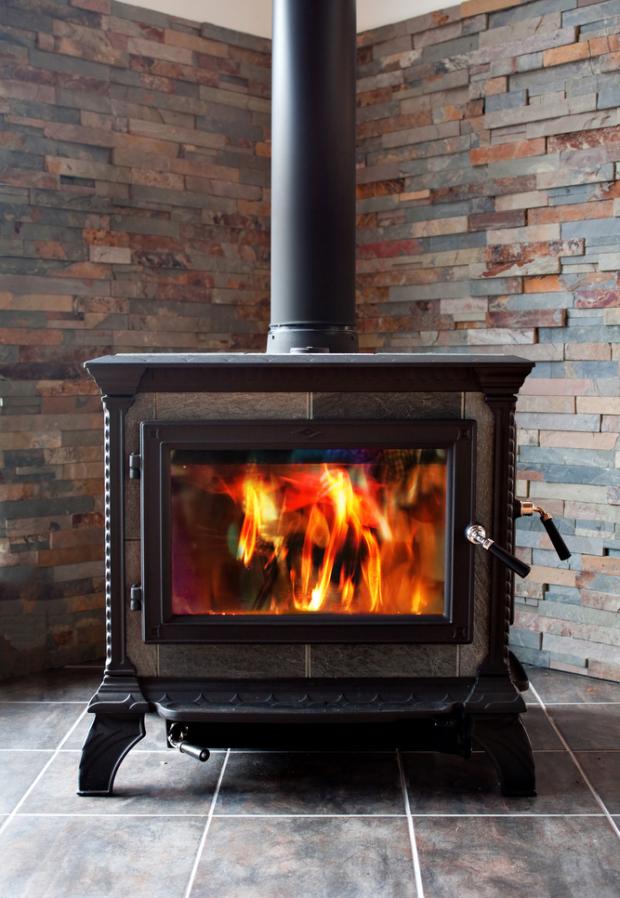In 2020, there were 539 fire incidents involving chimneys, fireplaces, and woodstoves in Massachusetts. These fires caused 3 civilian injuries, 6 firefighter injuries, and $3.4 million in property losses.
Safe installation of wood, coal, and pellet stoves
- You need a building permit before installing fireplaces, wood, pellet or coal burning stoves. The local building inspector must inspect new fireplaces, wood, pellet or coal burning stoves before they are used as required by the Massachusetts State Building Code.
- Keep the area around the appliance clear for at least three feet in every direction.
- Solid fuel heating appliances must not share a common flue with chimney flues used by another solid fuel, fossil fuel, or gas fire appliance.
- A qualified mason should inspect the chimney and flue before the stove is used. Cracks in the flue or mortar joints can allow flames and heated gases to get into living spaces.
- Read a brochure about chimney and woodstove safety in English or Spanish.
Proper use
- Most chimney fires occur because of a build-up of creosote, a tarry byproduct of burning wood. Burn only dry, seasoned hardwood to reduce creosote accumulation.
- Cracks in the flue or masonry can allow embers, flames, and superheated gases to ignite the structure. Have your chimney and flue inspected and cleaned each year to reduce this risk. Contact the Massachusetts Chimney Sweep Guild or Chimney Safety Institute of America to identify reputable local companies.
- Don't use flammable liquids to start a fire.
- Never leave children unattended near the stove.
- Check that the damper is open before lighting the fire. A close damper will result in an accumulation of smoke and carbon monoxide in the home. Don't close the damper until the fire is out and the embers are cold.
- Use a fireplace screen to prevent flying sparks and embers from falling out on to the floor.
- Install and maintain smoke detectors and carbon monoxide alarms to provide protection for your family.
- To prevent fires, ashes that are cleaned out from the stove or fireplace should be shoveled into a metal bucket with a metal lid and placed outside on the ground away from the building.
- Install smoke and carbon monoxide alarms to warn of both fire and deadly fumes from a faulty furnace, fireplace, oven flue or other venting problem.
